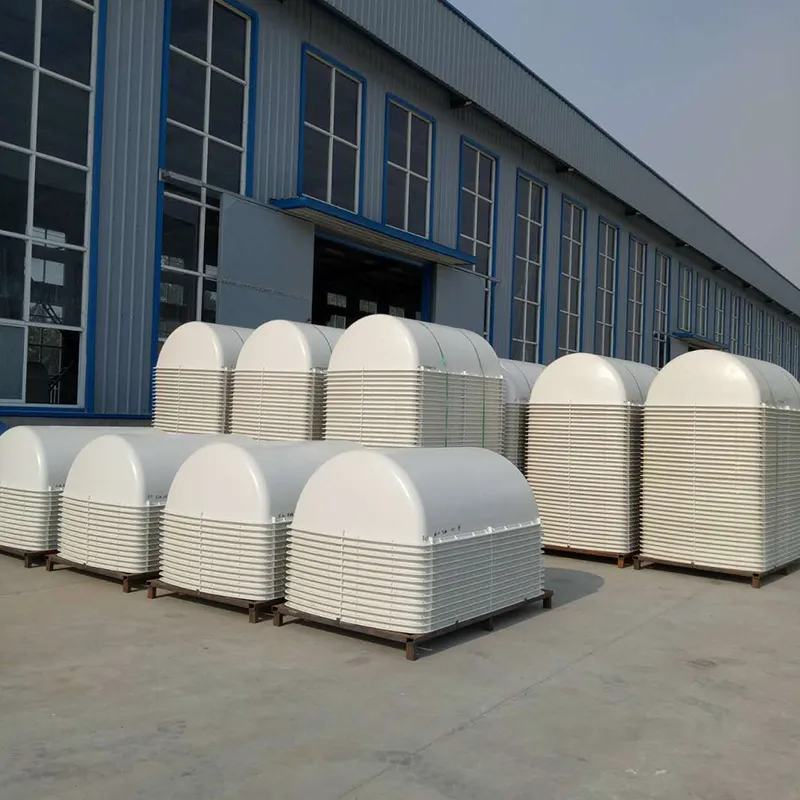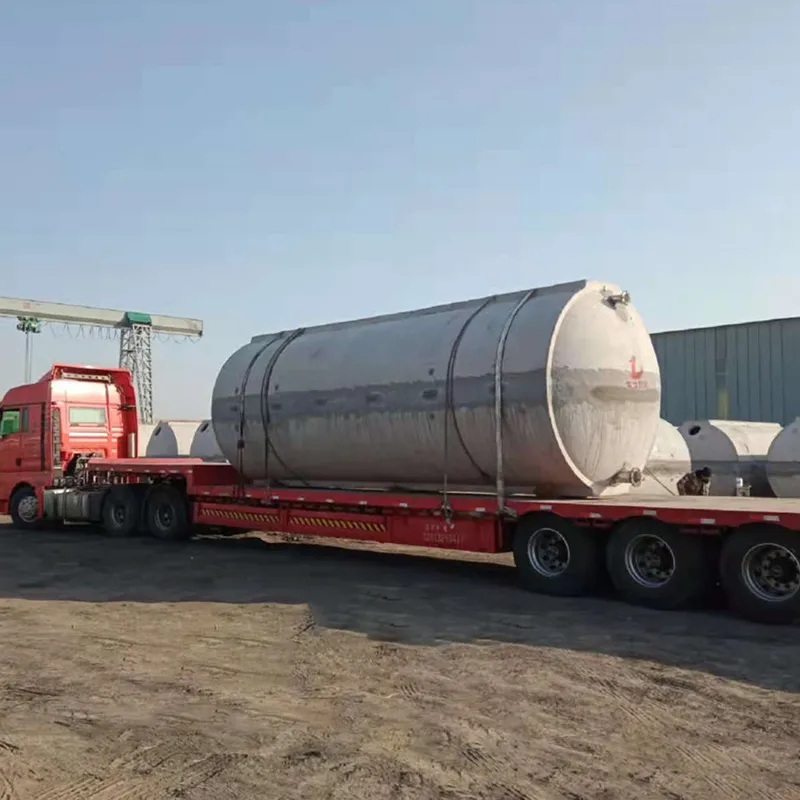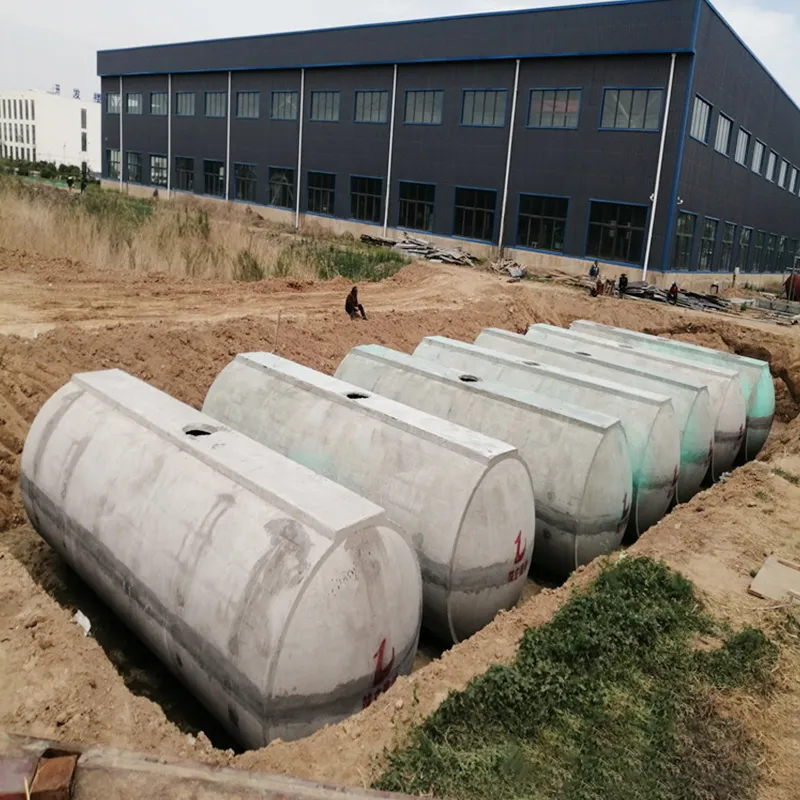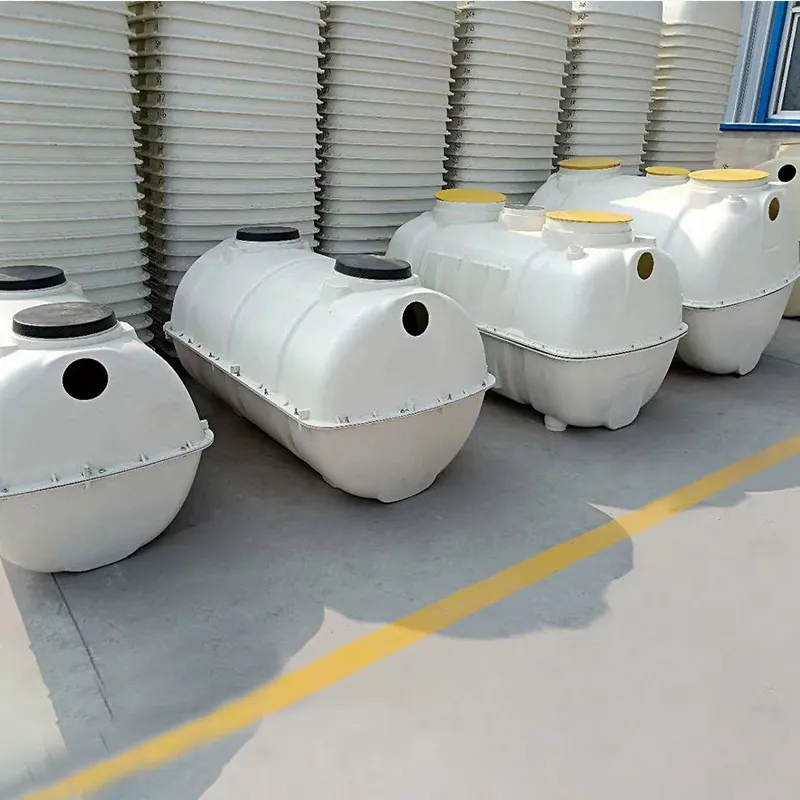The benifit of plastic septic tank
One of the main benefits of plastic septic tanks is that they are lightweight and easy to install. They can be lifted and transported by a small team, making them an excellent choice for homes with limited access or in areas with difficult soil conditions. Plastic septic tanks are also resistant to corrosion, which makes them a good choice for areas with high levels of acid in the soil. The average weight of a plastic septic tank ranges from 500 to 1000 pounds, depending on the size, while the average weight of a concrete septic tank ranges from 2000 to 4000 pounds.

The disadvantage of plastic tank
However, plastic septic tanks have a shorter lifespan than concrete septic tanks. They are prone to cracking and breaking, especially in extreme weather conditions or if they are subjected to too much weight. The average lifespan of a plastic septic tank is 30 to 40 years, while the average lifespan of a concrete septic tank is 35 to 45 years. This means that plastic septic tanks may need to be replaced more frequently than concrete septic tanks.
The middle choice, Plastic-coated concrete septic tanks
Plastic-coated concrete septic tanks are a variation of septic tanks that are made of concrete and coated with a layer of plastic. The plastic coating serves as a protective layer that prevents the concrete from deteriorating due to exposure to water, sewage, and other corrosive substances. There are several benefits to using plastic-coated concrete septic tanks, including increased durability, ease of maintenance, and a longer lifespan.

However, there are also a lot potential disadvantages to consider, such as a higher cost, increased weight, limited color options, the potential for coating damage, and limited availability. Ultimately, the choice between a plastic-coated concrete septic tank and a plastic septic tank will depend on your specific needs and budget. You should carefully weigh the pros and cons of each type of tank and consult with a professional to determine the best option for your situation.
Concrete spetic tank
Concrete septic tanks, on the other hand, are much more durable and have a longer lifespan. They are resistant to cracking and breaking and can withstand extreme weather conditions and heavy loads. Concrete septic tanks also have a much larger capacity than plastic septic tanks, which means they can store more wastewater and require less frequent pumping. The average capacity of a plastic septic tank ranges from 1000 to 1500 gallons, while the average capacity of a concrete septic tank ranges from 1500 to 2000 gallons.
One potential drawback of concrete septic tanks is that they are more difficult to install. They are heavy and require specialized equipment to lift and transport them, which can increase the cost of installation. The average cost of installing a plastic septic tank ranges from $1000 to $3000, while the average cost of installing a concrete septic tank ranges from $3000 to $6000. They also require a solid foundation, which can be an issue in areas with unstable soil.

In terms of maintenance, both plastic and concrete septic tanks require regular pumping to remove the solid waste that accumulates in the tank. This is typically done every three to five years, depending on the size of the tank and the amount of wastewater it processes. The average cost of pumping a septic tank ranges from $100 to $500. However, concrete septic tanks may require less frequent pumping due to their larger capacity.
Conclusion
Overall, both plastic and concrete septic tanks have their own benefits and drawbacks. Plastic septic tanks are lightweight and easy to install, but have a shorter lifespan and are more prone to cracking and breaking. Concrete septic tanks are more durable and have a longer lifespan, but are more difficult to install and require a solid foundation. It's important to consider these factors when deciding which type of septic tank is best for your home and bussiness.









659.webp)
210.webp)
328.webp)

294.webp)
476.webp)


